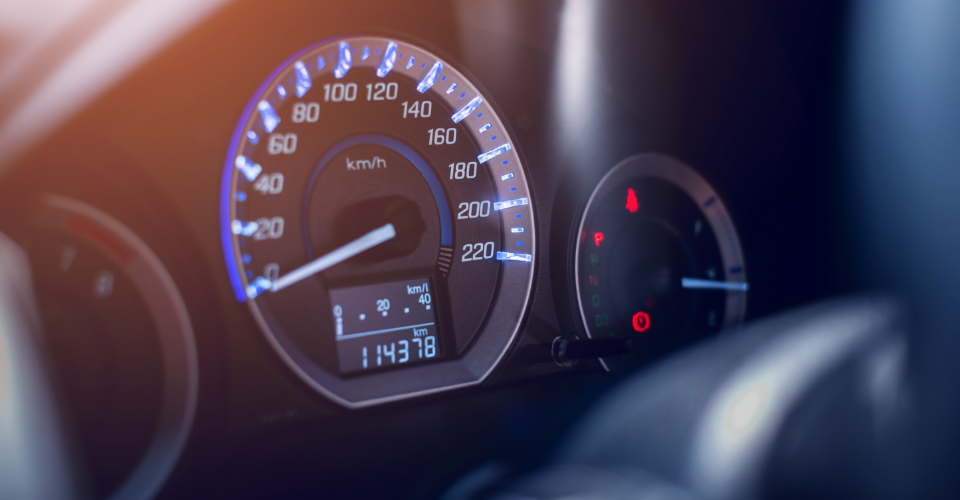Getting Your Car’s Upkeep “Just Right”
Since we’ve adapted to the “new normal” of the pandemic, many of us have transitioned to working from home, significantly reducing our daily commutes. While traffic has returned to normal, some cars still sit idle for long periods, leading to potential breakdowns and repair costs. On the flip side, over-maintenance can drain your wallet without offering significant benefits. Finding the perfect balance is important for keeping your car in tip-top shape!
The Risks of Letting Your Car Sit
Not using your car regularly can lead to several problems, including:
- Dead Batteries: A car battery can discharge and lose its ability to hold a charge if the vehicle isn’t driven frequently.
- Rusted Brakes: Rust can form on brake rotors if they aren’t used regularly, reducing braking efficiency.
- Dried-Out and Leaking Seals: Lack of use can cause seals to dry out and start leaking fluids.
- Insect and Rodent Infestation: Idle cars, even in garages, can become homes for pests.
Essential Maintenance Tips
If you need to keep your car despite not driving it much, follow these tips to maintain its health:
- Drive Weekly: Start the car and drive it for 15-20 minutes weekly to keep parts lubricated, charge the battery, and prevent tyre flat spots.
- Check Tyre Pressure: Factory recommendations suggest weekly checks, but monthly checks should suffice if you don’t drive often. Proper tyre pressure ensures optimal handling and safety.
- Monitor Fluids: Regularly check oil, coolant, and windshield washer fluid levels. Even if the car isn’t driven much, these fluids need periodic changes.
- Inspect Belts and Hoses: Monthly checks can help you spot cracks or leaks early.
- Use a Battery Tender: If your car is not used for long periods, use a smart battery tender to maintain the battery charge.
- Prevent Infestations: Use methods such as moth balls or traps to deter insects and rodents.
Avoid Over-Maintenance
While regular maintenance is crucial, over-maintenance can waste money without offering extra benefits.
- Frequent Oil Changes: Modern oils last up to 11,000 km, with some synthetics exceeding 16,000 km. Follow your car’s manual for oil change intervals.
- Unnecessary Filter Replacements: Dirt on a filter doesn’t always mean it needs replacement. Follow manufacturer guidelines for changing air filters.
- Unneeded Wheel Alignments: Alignments are only necessary if the car pulls to one side or if the tyre treads show uneven wear.
- Premature Spark Plug Changes: Modern spark plugs can last up to 160,000 km. Replace them according to your vehicle’s schedule.
- Excessive Fluid Flushes: Follow your car’s manual for fluid change intervals. Unnecessary flushes add little benefit and cost more.
- Routine Additives: Most vehicles don’t need aftermarket additives. Automakers design fluids to work well without extra products.
Common Maintenance Mistakes to Avoid
To ensure your car’s longevity, avoid these common maintenance mistakes:
- Using Low-Grade Fuel: Stick to the recommended fuel grade to avoid engine damage.
- Neglecting Car Cleaning: Regular cleaning prevents wear and tear, making it easier to spot issues.
- Aggressive Braking: Avoid harsh braking to reduce wear on your vehicle.
- Skipping Inspections: Regular professional inspections help identify problems early.
- Ignoring Warning Signs: Address unusual noises or warning lights promptly to prevent larger issues.
- Neglecting Regular Drives: Even when not in use, drive your car occasionally to keep it in good shape.
Keep Your Car Going
Keeping detailed maintenance records helps track your car’s health and can be useful if you decide to sell it in the future. Additionally, having the right Extended Car Warranty in place, can improve your car’s longevity.



